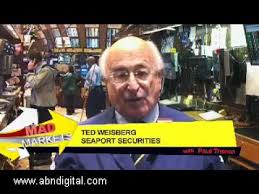While many people are “koo-koo for Cocoa Puffs”, BATS Global is batty about ETFs. On the heels of launching a dedicated electronic exchange platform for ETF products dubbed BATS Marketplace, BATS Global Markets announced yesterday that is even more batty about ETFs and to prove it, the exchange operator is acquiring the ETF industry’s leading provider of exchange-traded fund news, data and analytics, ETF.com.
“This is a brand burnishing 201 case study for an otherwise staid electronic exchange industry as operators seek innovative, content-specific applications to distinguish themselves
(MarketWatch.com) Exchange operator BATS Global Markets said Tuesday it would buy ETF.com, a provider of data about the market for exchange-traded funds. BATS CEO Chris Concannon said the purchase “underscores [BATS’s] commitment to the ETF industry and our focus on providing unique, value-added content for issuers, brokers, financial advisors, market professionals and investors.”
ETF.com’s data will add to BATS’s existing proprietary market data and analytics offerings, according to a news release. BATS operates four stock exchanges in the U.S., which represent the largest venue for trading ETFs in the country when taken together, says BATS. Financial terms were not disclosed. The deal is set to close on April 1, according to the statement. The acquisition comes as Lenexa, Kansas-based BATS is trying to grow its ETFs listing platform. The exchange operator last year launched BATS Marketplace, offering to pay ETF providers as much as $400,000 to list on its exchange.
BATS listed 30 new ETFs on its US market last year─11 in December alone, more than any other US market, officials say─bringing its total ETF listings to 56, says the deal will expand the proprietary market data and analytics that BATS offers to support market participants in making “educated trading nad investment decisions.” ETF.com will become an independent media subsidiary of BATS Global.


